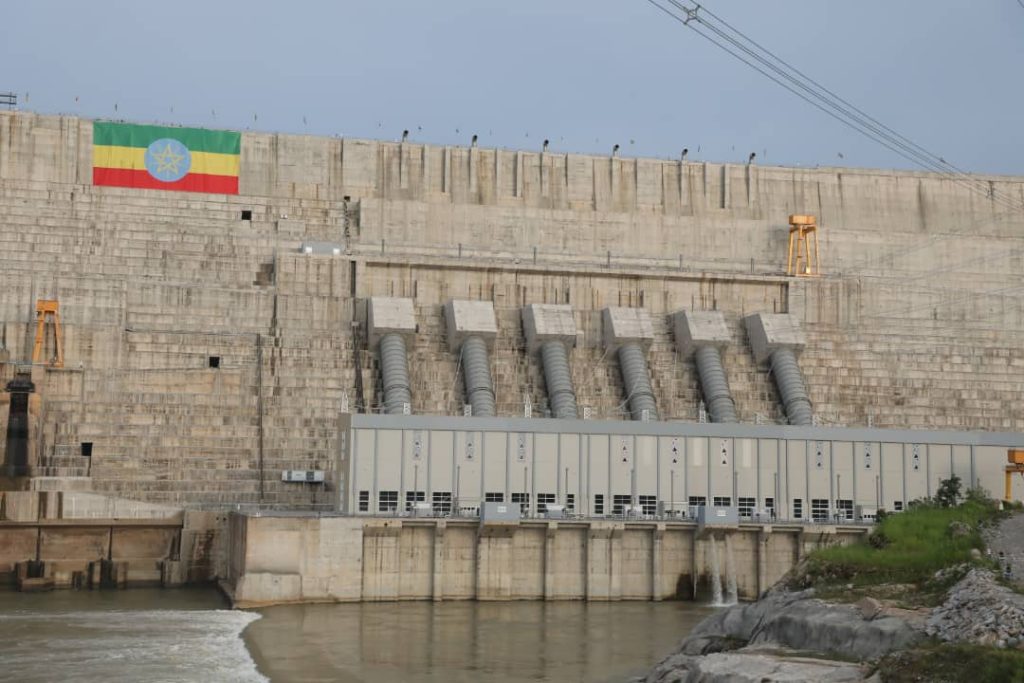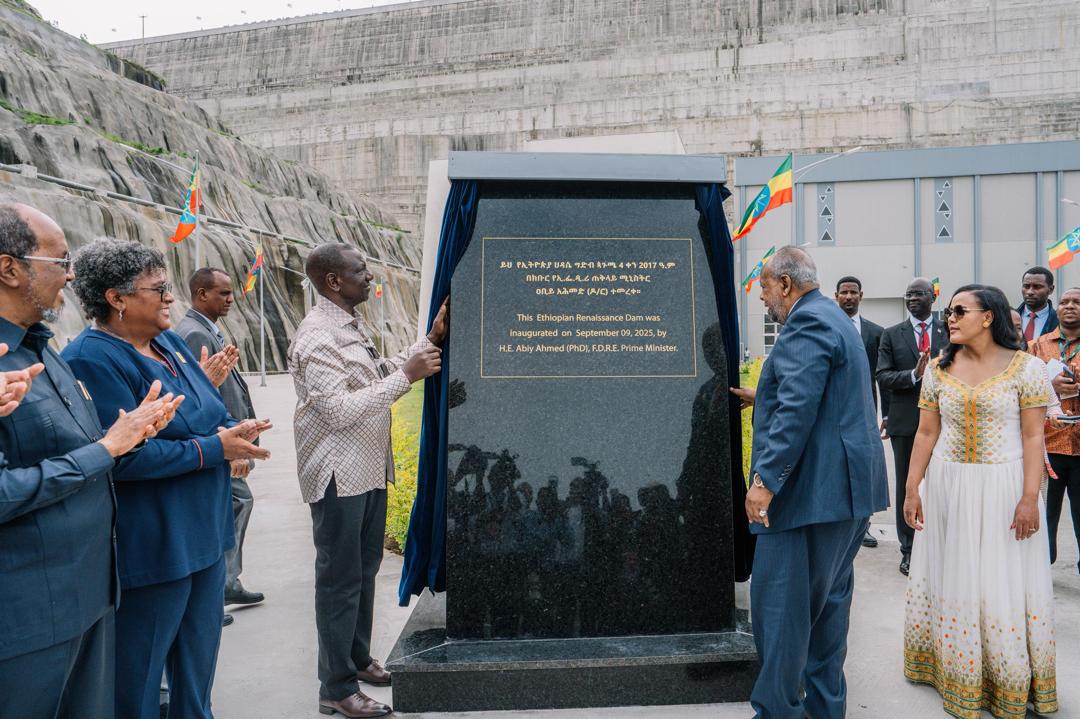Guba, Ethiopia – September 9, 2025 – Ethiopia marked a historic milestone on Tuesday with the official inauguration of the Grand Ethiopian Renaissance Dam (GERD), Africa’s largest hydroelectric power project.
Situated on the Blue Nile in the Benishangul-Gumuz region near the Sudanese border, the $5 billion megastructure was hailed by Prime Minister Abiy Ahmed as a “symbol of African resilience and development” during a ceremony attended by regional leaders and thousands of Ethiopians.
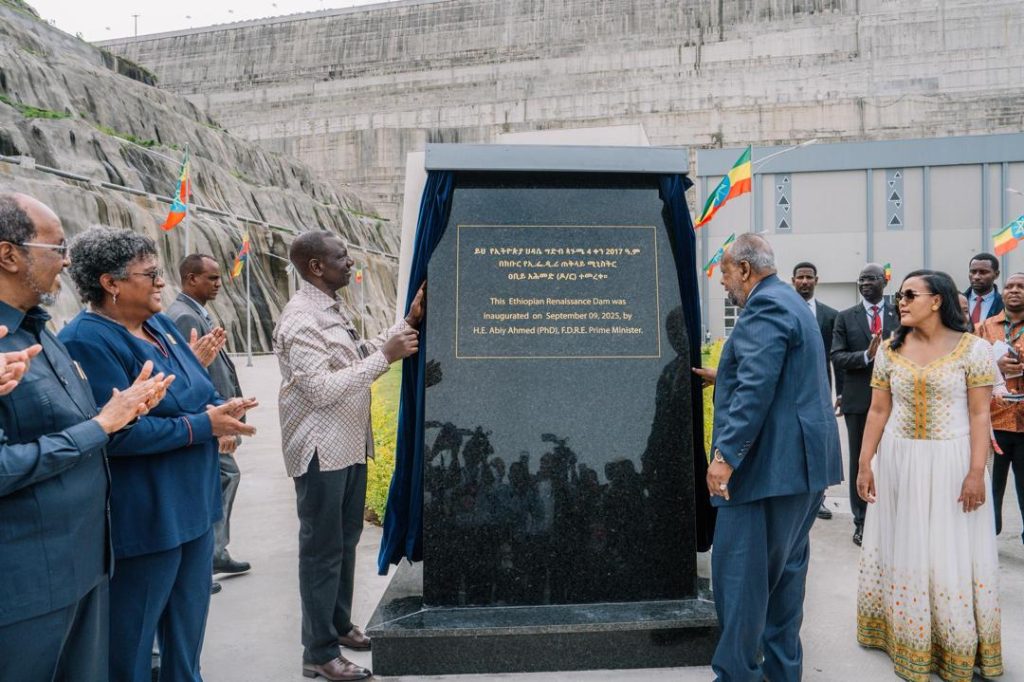
The event featured a spectacular display of fireworks, drone shows, and cultural performances, reflecting Ethiopia’s ambitions to transform its energy sector and emerge as a regional energy hub.
However, the inauguration has reignited tensions with downstream nations Egypt and Sudan, who continue to express concerns over potential impacts on their water security.
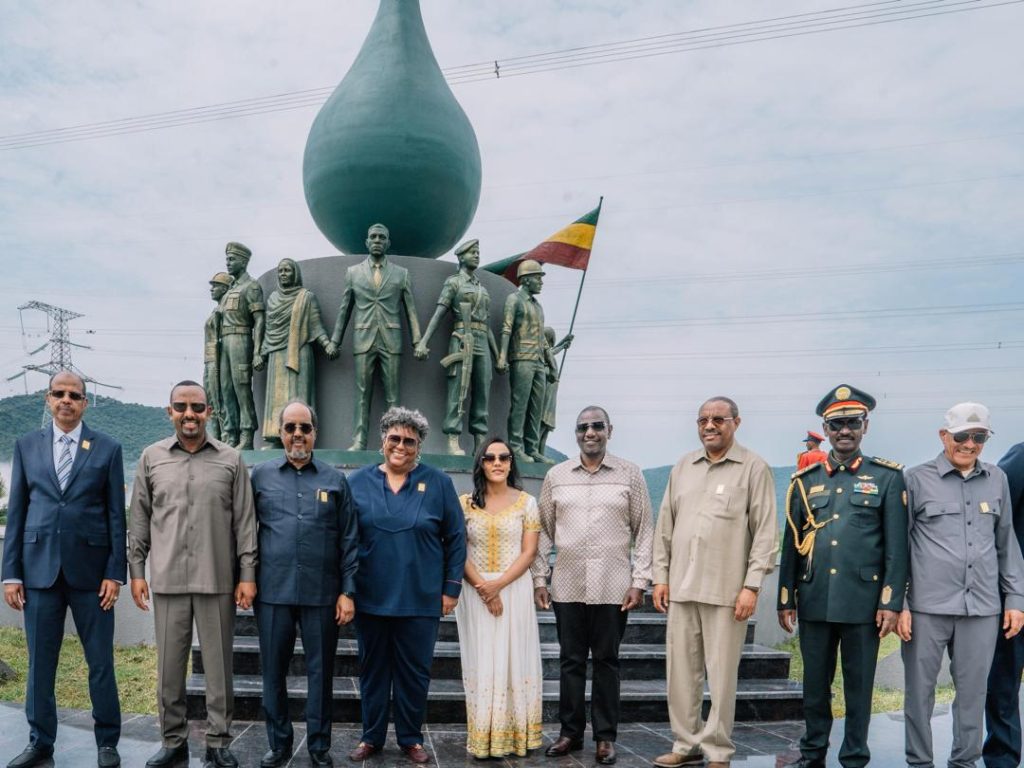
A Monument of Engineering and National Pride
Stretching 1.8 kilometers across and rising 145 meters high, the GERD is a gravity dam capable of holding 74 billion cubic meters of water—roughly equivalent to the volume of Greater London.
With an installed capacity of 5,150 megawatts, it more than doubles Ethiopia’s current electricity output and ranks among the 20 largest hydroelectric dams in the world.
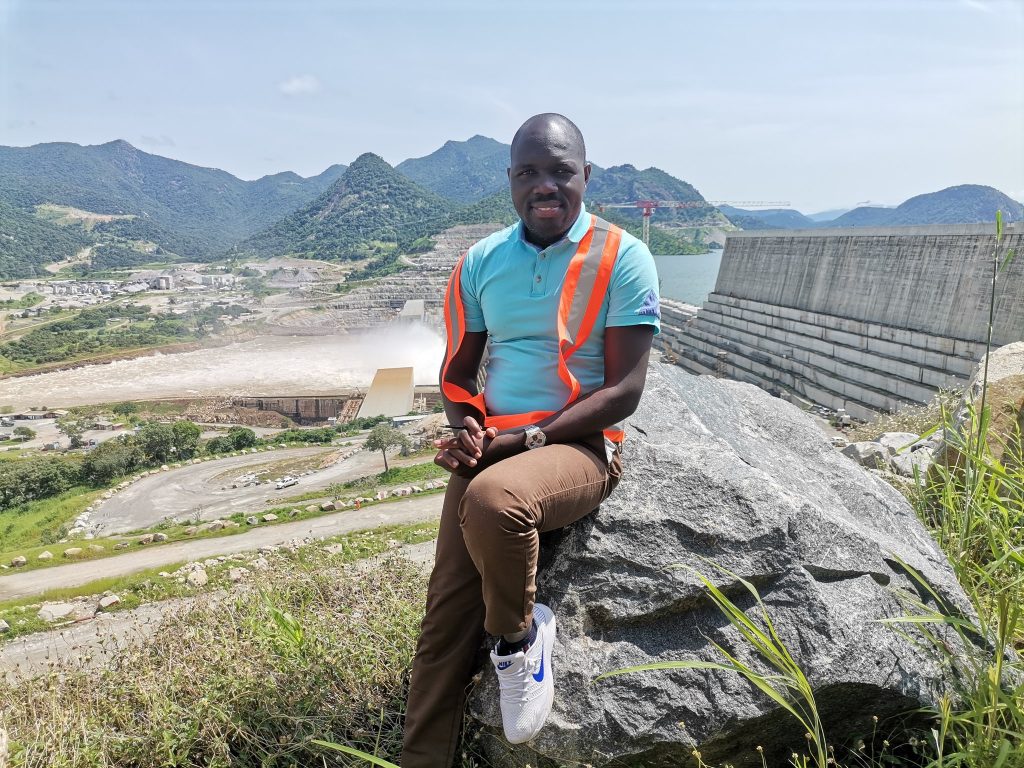
Construction began in 2011, led by the Italian engineering firm Webuild, and faced numerous challenges, including complex geology, seismic risks, and high sedimentation levels in the Blue Nile.
The project was completed without international loans, relying on 91% funding from Ethiopia’s central bank and 9% from domestic bond sales and public contributions—an achievement celebrated as a symbol of national self-reliance.
During the inauguration, Prime Minister Abiy Ahmed addressed visiting dignitaries, including Kenyan President William Ruto, Somali President Hassan Sheikh Mohamud, and African Union Chairperson Mahmoud Ali Youssouf.

“We built this dam to prosper, to electrify our nation and the region, and to shape a new future for Africa,” Abiy said. “It is not a threat but an opportunity we can share.”
The ceremony included a military parade, performances by the Ethiopian Republic March Band, and citywide celebrations in Addis Ababa, where residents expressed optimism about the project’s potential to improve daily life.
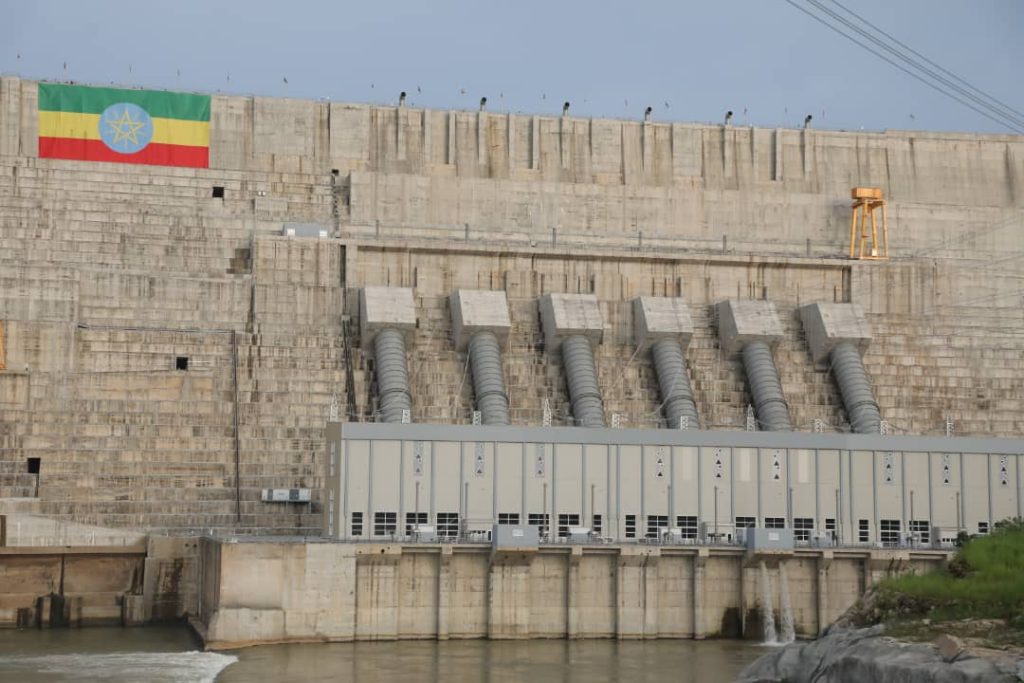
Fanuse Adete, a mother of seven, said, “Our lives relied on kerosene and charcoal. With the dam, our community is now happy and hopeful.”
Symbol of Unity and Progress
Beyond its technical achievements, the GERD has become a powerful symbol of Ethiopian unity. Despite the country’s ethnic and political divisions, the dam has inspired a shared sense of pride.
“Ethiopians may disagree on how to eat injera, but they agree on the dam,” said Moses Chrispus Okello, an analyst with the South Africa-based Institute for Security Studies.
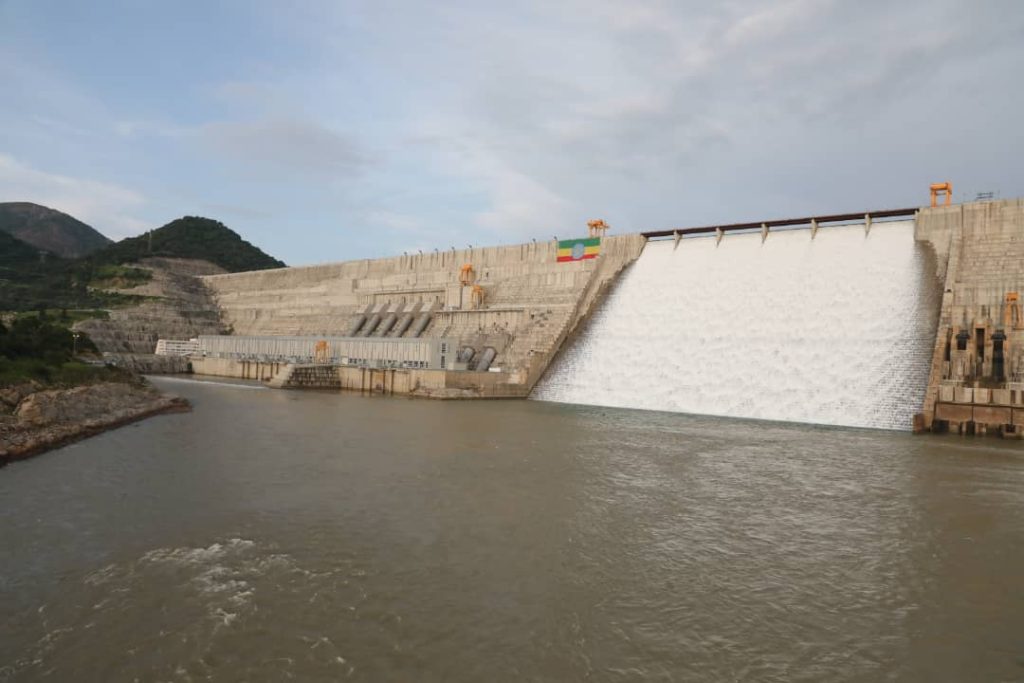
Originally known as “Project X” and later the Millennium Dam, the project was renamed in 2011 to reflect its significance as a beacon of national renaissance.
Analysts say the GERD not only promises to transform Ethiopia’s energy landscape but also positions the country as a key player in regional development and integration.
